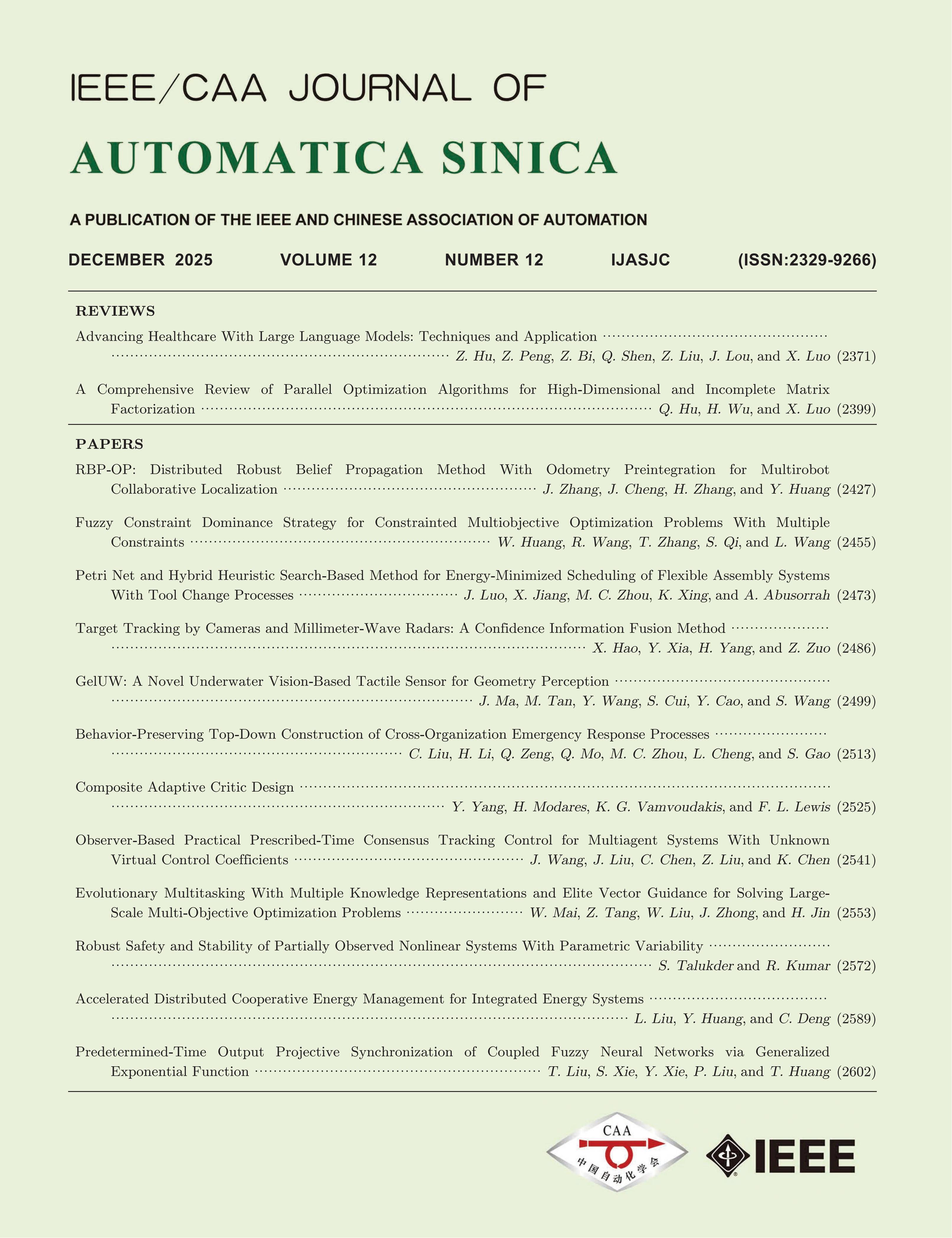Vol. 2, No. 2, 2015
column
Display Method:
2015, 2(2): 121-133.
Abstract:
2015, 2(2): 143-150.
Abstract:
2015, 2(2): 151-157.
Abstract:
2015, 2(2): 158-165.
Abstract:
2015, 2(2): 166-172.
Abstract:
2015, 2(2): 173-185.
Abstract:
2015, 2(2): 186-197.
Abstract:
2015, 2(2): 198-206.
Abstract:
2015, 2(2): 207-216.
Abstract:
2015, 2(2): 217-225.
Abstract:
2015, 2(2): 226-232.
Abstract:


 E-mail Alert
E-mail Alert


